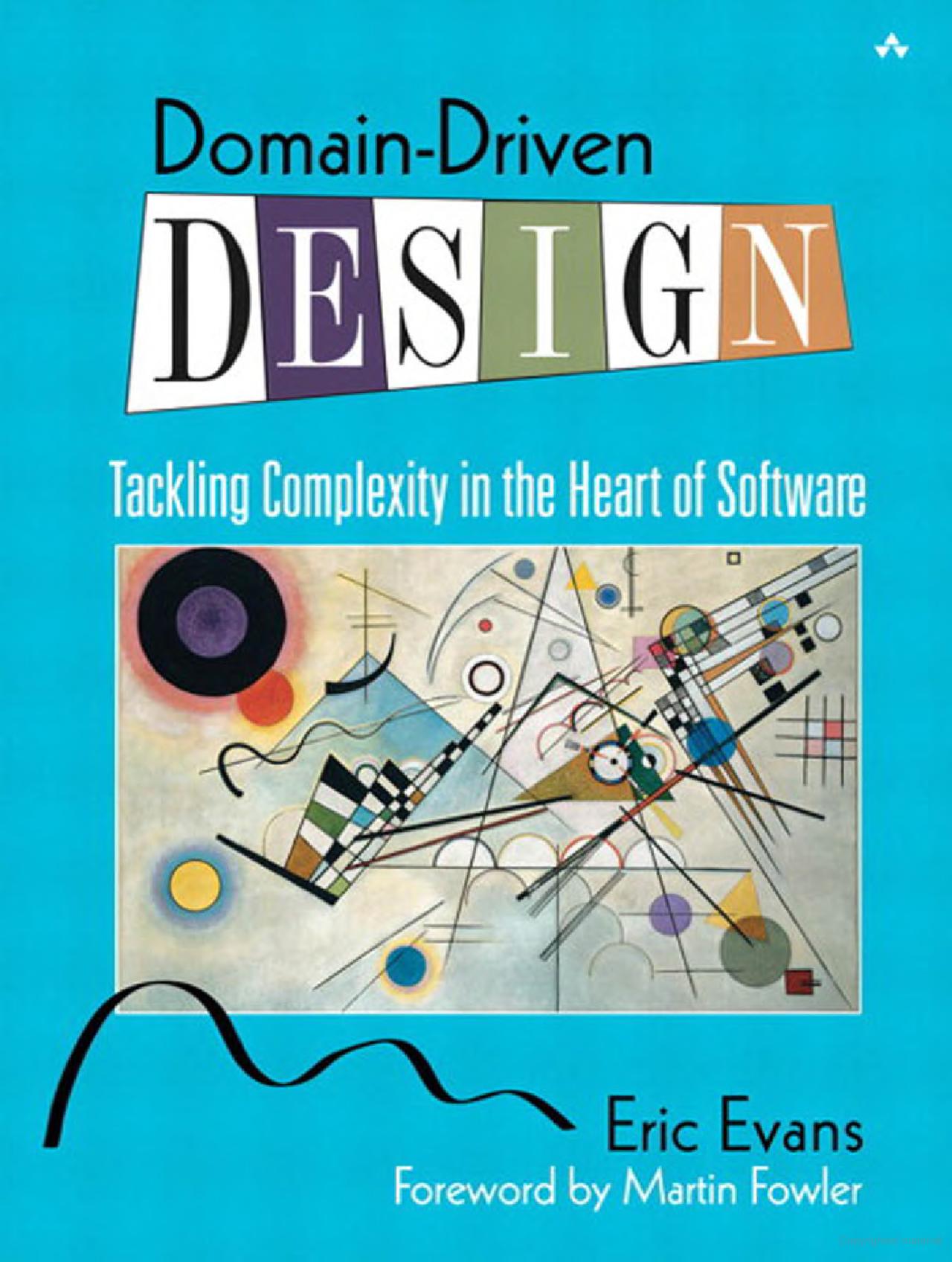I’m a fan of crypto but I happen to hold the strong opinion that BTC’s authentication algorithm shouldn’t have been chosen because it’s not secure enough for future proofing. Furthermore, that BTC tie-in will alienate many people including myself. Anyway, I’d love some help forking NOSTR to NOT use BTC authentication because that task is FAR beyond my skills.
Perhaps I’m the one who’s mistaken.
I came to this conclusion because: From my initial cursory investigation of NOSTR, in all of the instructions to get started I found, the first step was to create a lightning wallet. Maybe I’m incorrect but, from what I understood, BTC’s authentication is one and the same with NOSTR’s authentication.
Edited. Good call.
If you want to have a go at using that NOSTR tech but stripping the lightning wallet thing out for another (less BTC maximalist but equally or even more secure) form of authentication, I’d be very interested. I’m obviously not going to roll my own auth from scratch….but as I see it, tying BTC to it could prevent MANY people from giving an otherwise very promising tech a chance. Besides, there are already far more secure cryptographic elliptical curves in use by other cryptocurrencies that NOSTR conspicuously passed over in favor of BTC’s.
I probably don’t have the resources nor experience to do it myself but I’d love for this tech to exist.
If you find that the fediverse isnt the right tech for this kind of thing, have a look at NOSTR. I recently learned about it in the context of my hypothetical Lemmy fork. For what I am trying to do with it (decentralized retail inventory), NOSTR was much better suited than Lemmy. My only issue with it is that it ties bitcoin lightning walllets into its authentication mechanism (a dealbreaker for me at least). My future uses for it would be FAR different than yours but it also seems more well-suited to activism as well.
I got you, fam(ily). It has a real smooth, simple ring to it. ;)
Temu: contribute to the irreversible heat death of your own planet just to save some money on useless, piss poor quality trinkets created out of cancer-causing, hazardous materials using slave labor coupled with unfair market practices that are then shipped thousands of miles over the oceans using the world's worst polluting container ships.... like a billionaire.
That should be their slogan.
edit: added slave labor, unfair market practices edit: added hazmat
SELF-DRIVING TECHNOLOGY SHOULD BE STANDARDIZED AND OPEN SOURCE.
Any other implementation puts profits over human lives.

Sounds great! Thanks for looking into that. I’m a bit of a jack of all trades. So, I tend to try and thoroughly vet a technology before I really dive in and commit my blood, sweat, and tears.
A couple of weeks ago, I found a previous implementation in Haskell. If I were really approaching the stack that I think will be best for the future, perhaps I should fork that one. I’m wishing Purescript was ready for prime time (was popular enough to have more educational material) because that would be a no brainer…especially the work they’ve recently been doing with a Chez Scheme back end.
I’ll start to look into it more in the coming week. Thank you so much! I have a community setup for this idea at https://infosec.pub/c/Lemventory
I may change it, though, since this is no longer Lemmy-related. As I realized, inventory is just not suited to Pub/Sub due to the need to have varying levels of security for the information being broadcast and subscribed to.